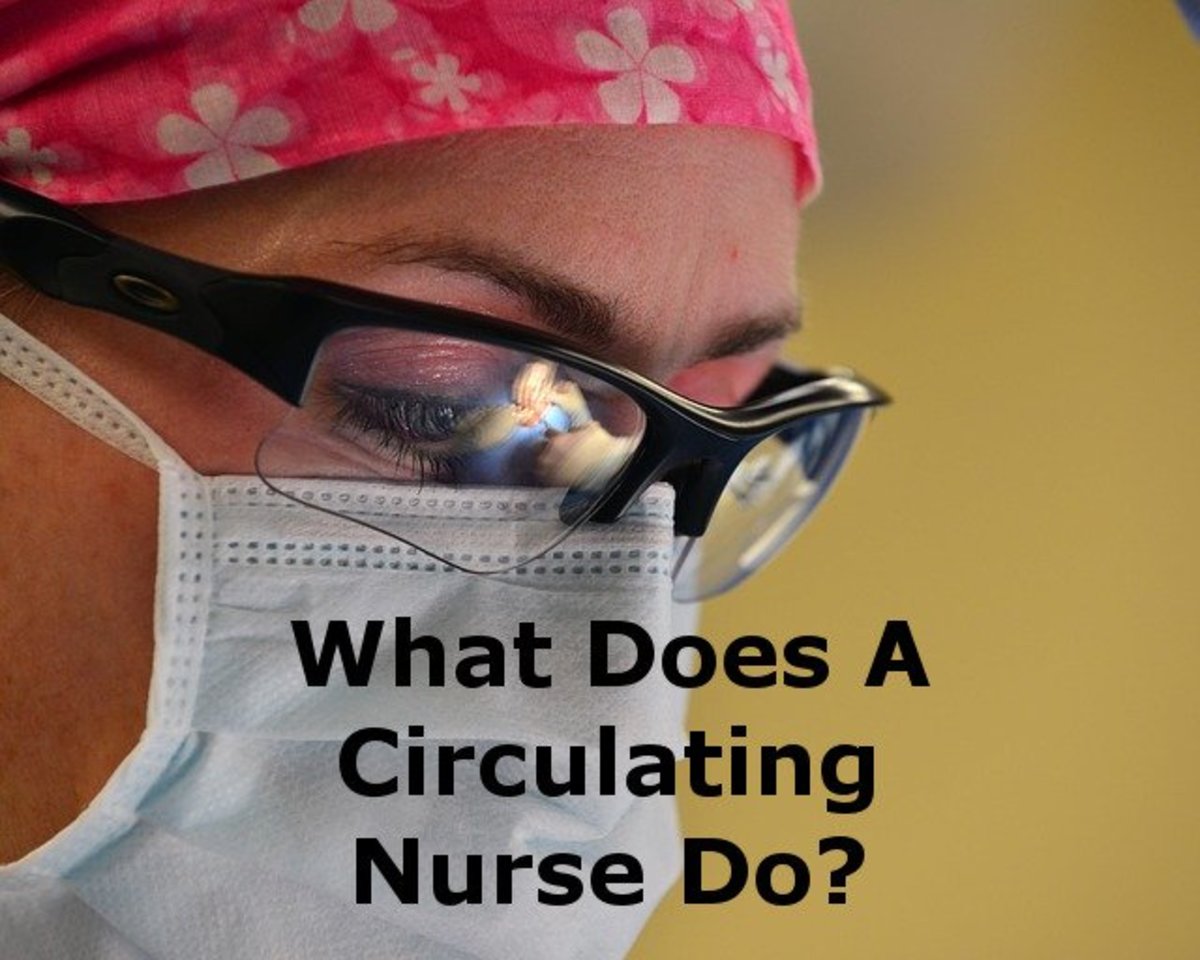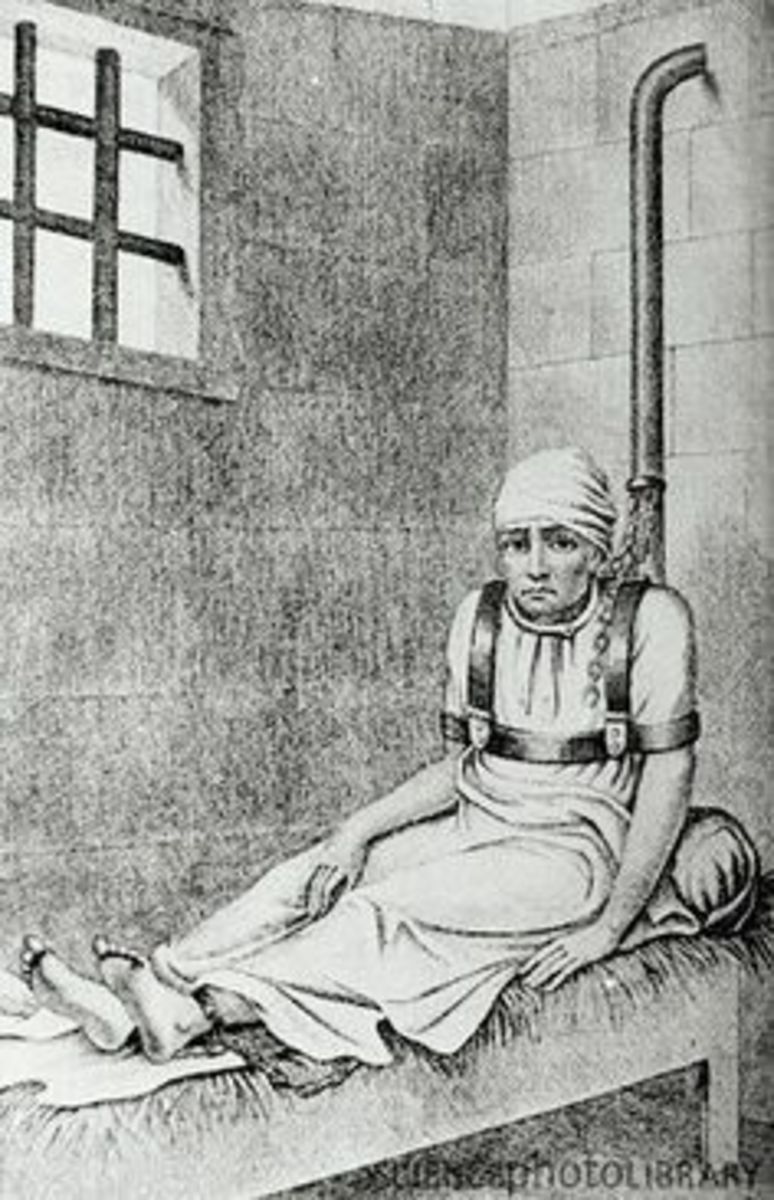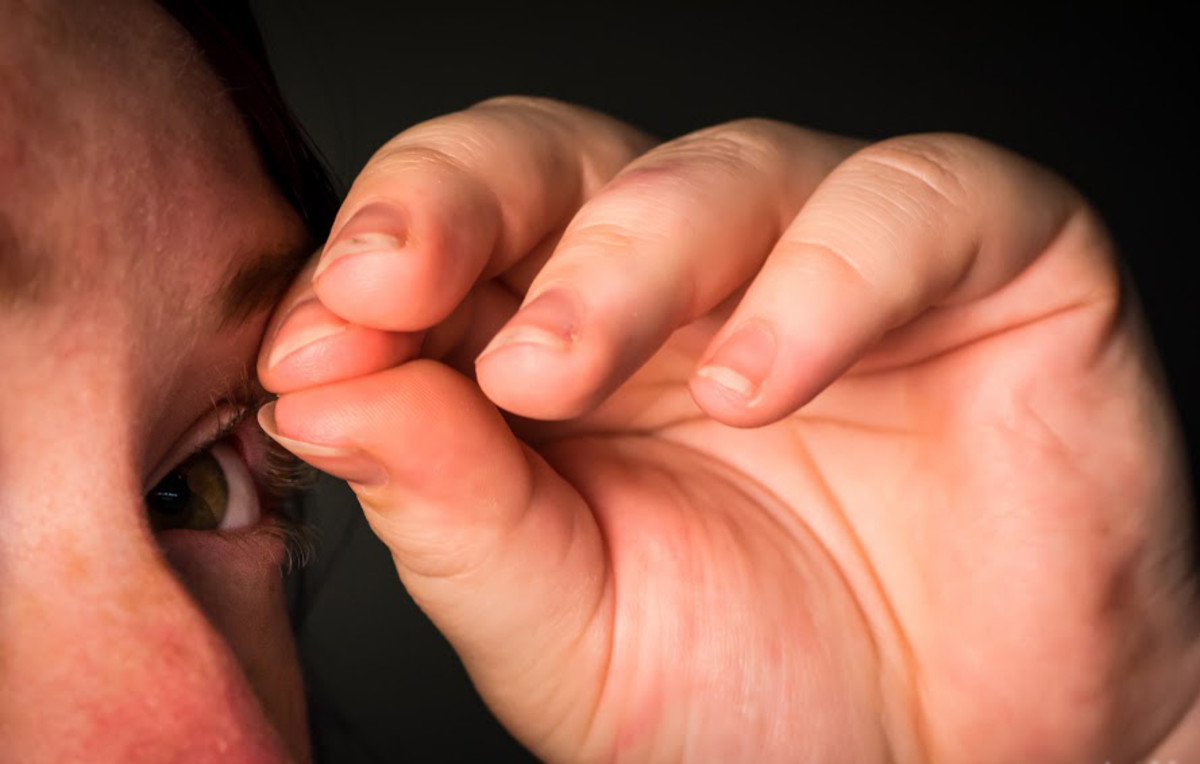What is ECT?
Introduction
Unlike many medical professionals, my first experience with electro-convulsive therapy (ECT) occurred prior to medical school, in a personal context. A much loved family member who had been depressed and frequently suicidal throughout my lifetime received the treatment while I was in college. I was able to speak to this person on the phone frequently during this period of time and so my first learning about ECT came through the eyes of this individual. Shortly after that a college friend also underwent ECT to treat recurrent, suicidal depression and I received his perspective on the treatment as well. In both instances ECT significantly alleviated the symptoms of depression and the people I cared about were happier and healthier. Because of this I was predisposed to appreciate the value of ECT before I ever began medical school.
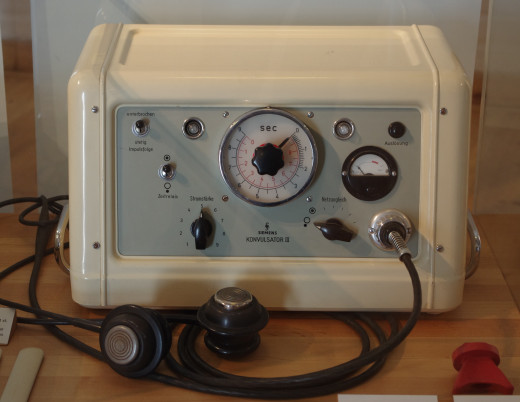
The Procedure Itself
In medical school and residency I was able to observe electroconvulsive therapy several times and speak at length with patients who had undergone the treatment. The treatment itself was surprisingly undramatic. The patient would come in to the hospital in the morning and would receive a muscle relaxant and general anesthesia while under monitoring. The electrodes would be applied and the electrical stimulus given. The EEG monitor (a tracing of the brain's electrical activity) would show seizure activity for about 30-60 seconds and the patient’s heart rate and blood pressure would spike. Since the patient was under anesthesia and had been given a muscle relaxant, there were no observable convulsions. Then everything on the monitors would return to normal. The anesthesia would wear off and the patient would wake up with a headache and usually feeling confused for an hour or so. After that they would become clearer mentally and would be able to go home. The dramatic part came when I was able to speak with those patients over the course of the next few weeks. Like my family member and my friend, they were feeling better. They were no longer suicidal. They were able to go back to work, to enjoy their families and to live their lives.
ECT is about 60-70% effective in achieving remission of depression, better than any medication currently available. It’s primary use is in patients whose depression has become dangerous; patients who are no longer eating, who can’t move or speak, or who are constantly, chronically suicidal. It is also useful in patients who have not responded to other treatments for depression. It can also be effective for disorders such as bipolar disorder or acute psychotic states, but it does not seem to work in anxiety disorders, substance abuse disorders or personality disorders. It isn’t clear why ECT works but it causes multiple changes in the brain including increased release of serotonin and dopamine and increased growth of nerve cells in the brain.
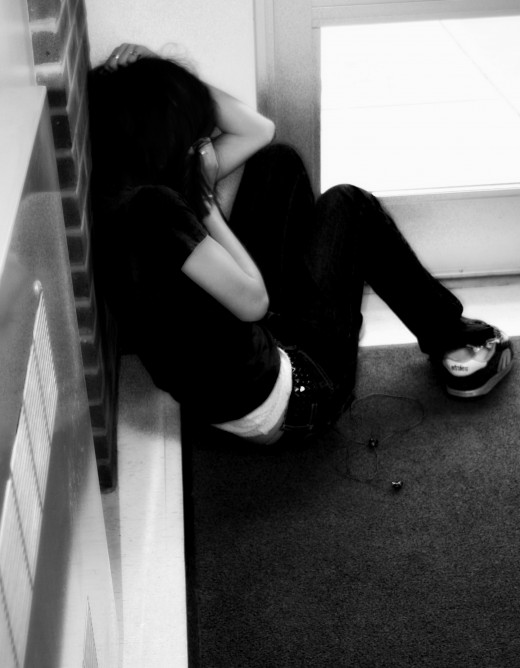
Side Effects and Stigma
Electroconvulsive therapy isn’t perfect, by any means. Everyone I have known who has received the treatment, both personally and professionally, has complained of memory problems. The majority of these problems have been for brief periods, with the individual losing memory for a few weeks before, during and after the treatment. Although most of the people I have spoken to felt that the relief of their depression was worth those memories this type of memory loss is still distressing to experience. A few people have experienced more significant memory loss encompassing larger periods of time which is obviously much more problematic. ECT also requires medical evaluation prior to treatment because it does cause a spike in heart rate and blood pressure during the procedure. There are not any absolute medical reasons to avoid the procedure but medication may need to be given before ECT to control blood pressure in someone with cardiac disease. So this isn't a treatment to be chosen lightly. The severity of the depression and the pain and suffering it is causing needs to be weighed against the risks of the treatment. That's not a decision to be made easily.
Currently electroconvulsive therapy is not used as often as it could be to benefit patients. Many patients do not even know that it could be an option for them. ECT is stigmatized largely because it seems so frightening. Even psychiatrists, who know the possible benefits, can often be reluctant to even bring it up as an option because people can be so disturbed by the idea. Our cultural image of ECT is generally of something barbaric and brutal. The movie “One Flew Over the Cuckoo’s Nest” in which the main character McMurphy receives the treatment as punishment for defiant behavior is an example of how the procedure is commonly viewed.
ECT is not used this way in modern psychiatry. It is a voluntary procedure requiring informed consent. If a patient is so ill that they can not give informed consent it requires a court proceeding in which they are represented by a lawyer before the treatment can be given without consent. ECT today is a safe medical procedure that can be both life-changing and life-saving for people suffering from the most severe forms of the medical disorder of depression.


